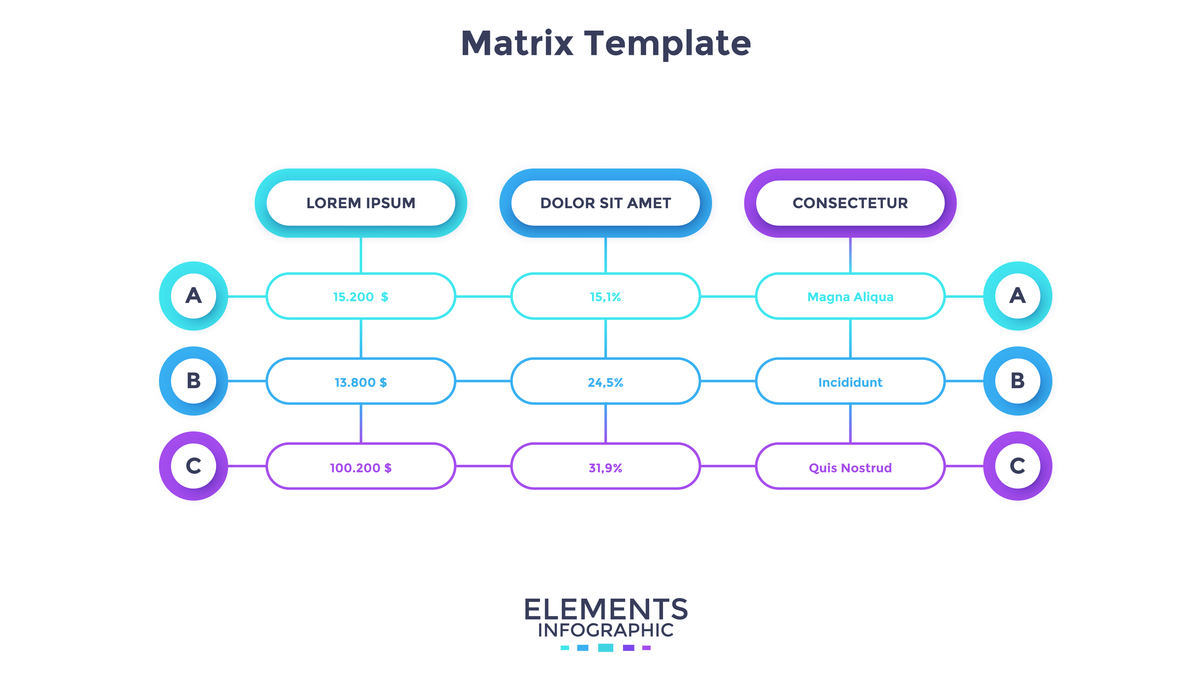用Springboot+layui+jquery实现前后端分离表格分页查询
- 前端页面
前端使用layui作为UI框架,使用jquery发起ajax请求获取数据。
首先需要引入layui和jquery的CDN:
<!-- 引入layui -->
<link rel="stylesheet" href="https://cdn.bootcdn.net/ajax/libs/layui/2.5.7/css/layui.min.css" integrity="sha384-4mIT5kNQ+9jz4pK5tXuwkQbK8Sd5k/4vLjRQqJc4nBxHJ5r4eXwFvX1Q9Jr+3I/I" crossorigin="anonymous">
<script src="https://cdn.bootcdn.net/ajax/libs/layui/2.5.7/layui.min.js" integrity="sha384-pI0JXAuRSt8VJrHwKvZKtGpQwX6KnZ1U/4IMpQy4nMlLMsDqV8yqW0UJcY2Qh34I" crossorigin="anonymous"></script>
<!-- 引入jquery -->
<script src="https://cdn.bootcdn.net/ajax/libs/jquery/3.5.1/jquery.min.js"></script>
然后在页面中添加表格和分页组件:
<table id="userTable" class="layui-table" lay-filter="userTable"></table>
<div id="userPage" class="layui-laypage"></div>
接下来就是使用jquery发起ajax请求获取数据,并将数据渲染到表格中:
// 发起ajax请求获取数据
$.ajax({
url: '/user/list',
dataType: 'json',
data: {
page: page,
limit: limit,
keyword: keyword
},
success: function (res) {
// 渲染表格
table.render({
elem: '#userTable',
data: res.data,
cols: [[
{field: 'id', title: 'ID'},
{field: 'username', title: '用户名'},
{field: 'email', title: '邮箱'},
{field: 'phone', title: '手机号码'},
{field: 'status', title: '状态', templet: '#statusTpl'},
{field: 'createTime', title: '创建时间'},
{title: '操作', toolbar: '#operationBar'}
]]
});
// 渲染分页组件
laypage.render({
elem: '#userPage',
count: res.count,
limit: limit,
curr: page,
jump: function (obj, first) {
if (!first) {
page = obj.curr;
limit = obj.limit;
getUserList();
}
}
});
}
});
- 后端接口
后端使用Springboot框架,使用Mybatis作为数据访问层。
首先需要定义一个User实体类,用于映射数据库中的user表:
@Data
public class User {
private Long id;
private String username;
private String password;
private String email;
private String phone;
private Integer status;
private Date createTime;
private Date updateTime;
}
然后定义一个UserService接口,用于定义用户相关的服务:
public interface UserService {
List<User> getUserList(Integer page, Integer limit, String keyword);
Integer getUserCount(String keyword);
}
接下来实现UserService接口:
@Service
public class UserServiceImpl implements UserService {
@Autowired
private UserMapper userMapper;
@Override
public List<User> getUserList(Integer page, Integer limit, String keyword) {
int offset = (page - 1) * limit;
return userMapper.getUserList(offset, limit, keyword);
}
@Override
public Integer getUserCount(String keyword) {
return userMapper.getUserCount(keyword);
}
}
在UserMapper接口中定义对user表的查询操作:
public interface UserMapper {
List<User> getUserList(@Param("offset") int offset, @Param("limit") int limit, @Param("keyword") String keyword);
Integer getUserCount(@Param("keyword") String keyword);
}
最后实现UserMapper接口:
<mapper namespace="com.example.demo.mapper.UserMapper">
<select id="getUserList" resultType="User">
select * from user
<where>
<if test="keyword != null and keyword != ''">
and (username like concat('%', #{keyword}, '%')
or email like concat('%', #{keyword}, '%')
or phone like concat('%', #{keyword}, '%'))
</if>
</where>
order by create_time desc
limit #{offset}, #{limit}
</select>
<select id="getUserCount" resultType="int">
select count(*) from user
<where>
<if test="keyword != null and keyword != ''">
and (username like concat('%', #{keyword}, '%')
or email like concat('%', #{keyword}, '%')
or phone like concat('%', #{keyword}, '%'))
</if>
</where>
</select>
</mapper>
在UserController中定义对用户列表的请求处理:
@RestController
@RequestMapping("/user")
public class UserController {
@Autowired
private UserService userService;
@GetMapping("/list")
public Result getUserList(@RequestParam(required = false, defaultValue = "1") Integer page,
@RequestParam(required = false, defaultValue = "10") Integer limit,
@RequestParam(required = false) String keyword) {
List<User> userList = userService.getUserList(page, limit, keyword);
Integer count = userService.getUserCount(keyword);
return Result.success(userList, count);
}
}
最后返回的数据格式为:
{
"code": 0,
"msg": "",
"count": 100,
"data": [
{
"id": 1,
"username": "张三",
"email": "zhangsan@example.com",
"phone": "13888888888",
"status": 1,
"createTime": "2021-01-01 00:00:00"
},
{
"id": 2,
"username": "李四",
"email": "lisi@example.com",
"phone": "13999999999",
"status": 1,
"createTime": "2021-01-01 00:00:00"
}
]
}
这样就完成了Springboot+layui+jquery实现前后端分离表格分页查询的示例

原文地址: https://www.cveoy.top/t/topic/fIXC 著作权归作者所有。请勿转载和采集!